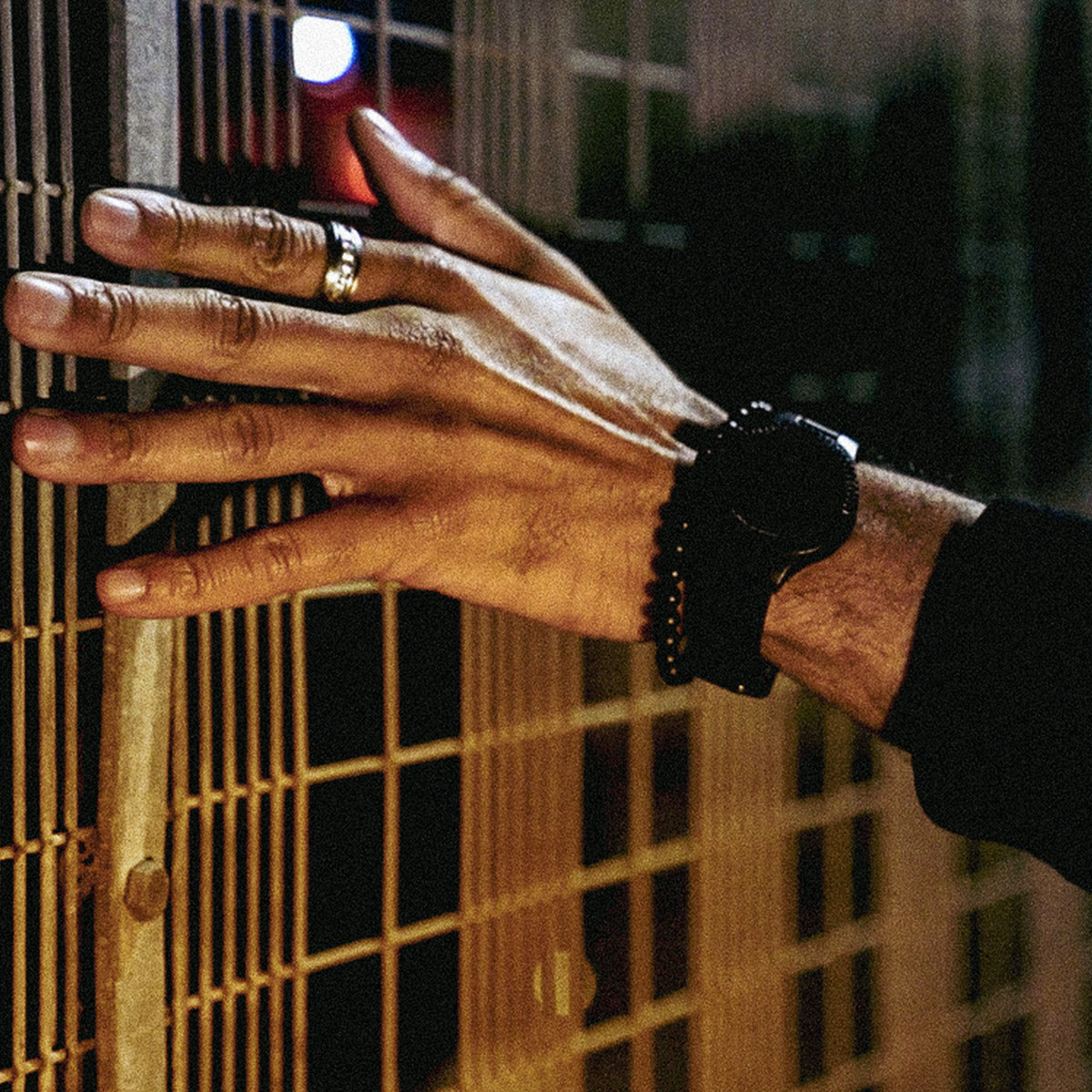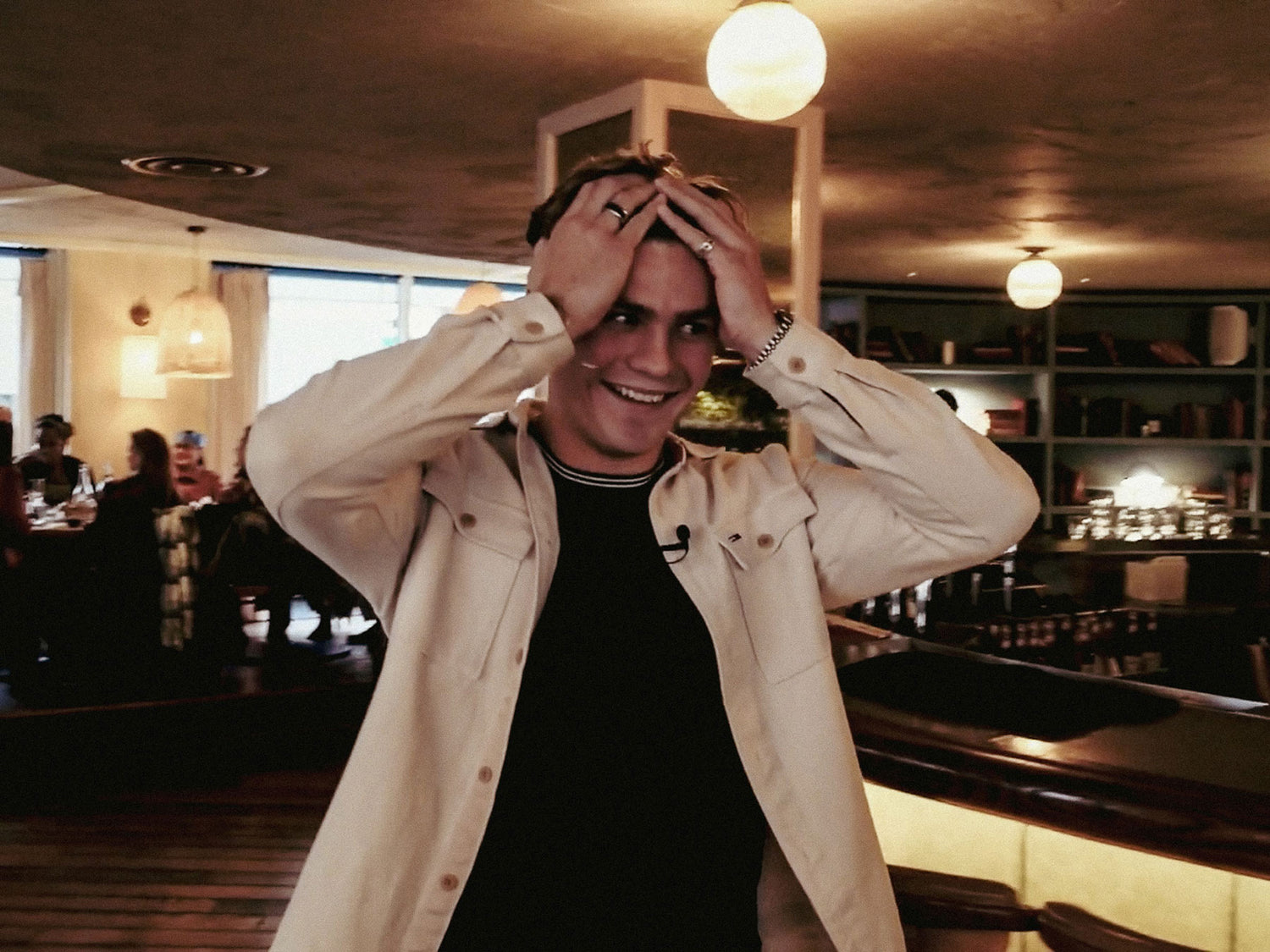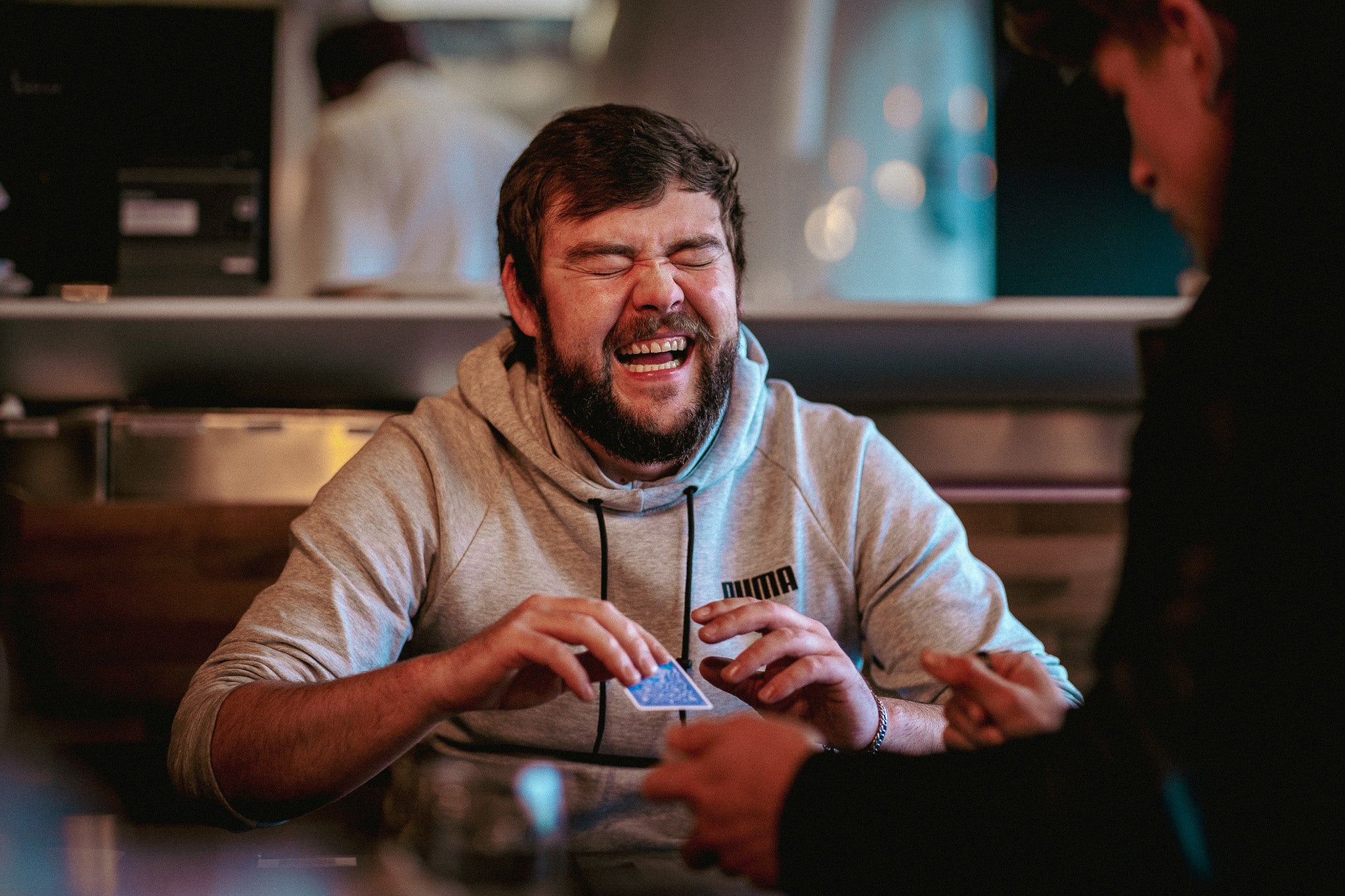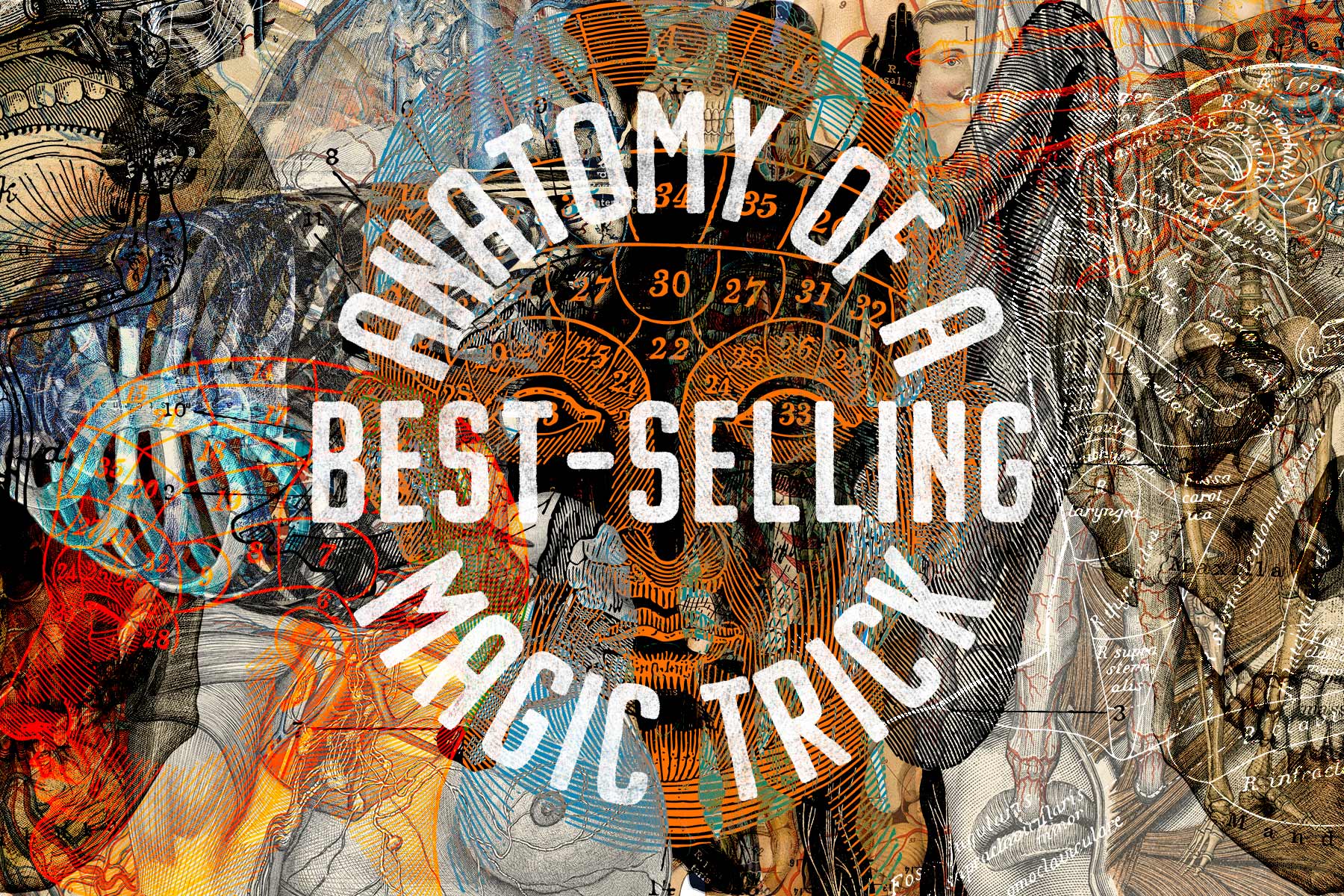A new magic trick is released and the comments say things like…
- “But you have to take the phone back.”
- “But you have to switch the deck.”
- “But they can’t really choose ANY card.”
Uhhh, yeah. Of course. It’s not real magic.
Comments like that expose a very real paradox with magicians.
Let me explain…
I’ve been selling “methods” to magic tricks since I was 19 years old. I’m 33 now.
In that time, one thing always stands out to me. That some magicians get disappointed in the “method” of a trick.
- Sometimes in the restrictions
- Sometimes in the level of practicality
- …and sometimes in the simplicity of the method.
It creates a paradox, that the people most disappointed in the effect are the ones performing it.
Over time, that inevitably creates contempt.
THE PURSUIT OF REAL MAGIC
We are, admittedly or not, looking for real magic.
We are looking for the “perfect” method. The best solution. The trick without flaws.
Whether they know it or not, many magicians focus on the restrictions of a method and forget the ‘effect’ for an audience.
They may write negative comments against a release - to deter others from buying or performing it. But they forget the subjectivity of what a s**t method is.
IS THERE SUCH A THING AS A BAD METHOD?
Thomas Sowell has a great quote:
“There are no solutions, only trade-offs”
I think it applies to magic nicely.
- Gimmicked deck? It requires a deck switch to make it examinable. That’s the trade-off.
- Super-simple method? It’s more open to exposure. Trade-off.
- Impromptu effect? Often a gimmicked version is more visual. Trade-off.
- Gaffed coin? Can’t be inspected & expensive to buy. Trade-off.
Assuming it works, every magic effect has a trade-off. Whether it’s pocket space, practicality, cost, audience management, skill etc.
But does a trade-off affect the effect? Say that 3 times fast. Affect the effect.
What I mean by that is… Does the trade-off diminish the effect for an audience?
To sleeve a coin you need to wear sleeves. But is the effect the audience experiences worse because you’re wearing a jacket?
That answer is going to be different depending on which magician you ask. It’s entirely subjective.
But let’s pretend your answer is “YES.”
Now ask yourself… Are you answering for you, or your audience?
Because in our pursuit of real magic, we forget that what may be obvious to us, absolutely kills with laymen.
I did the ketchup vanish (using a napkin) for my wife’s cousin and it blew his mind. Many would consider this a child’s trick. A level beneath them.
And if I sold that effect as a download, with genuine reactions in the trailer, you’d see comments like…
“Liars. It’s not really vanishing. It’s in his lap… You need a lap to do this!
Didn’t see the word lap in their trailer. That’s disingenuous.
Also it’s sad that you have to sit. I don’t always sit when I perform. Sometimes I stand to engage more with my audience. If it could be done for us standing folk, you’d have my money…. But this sucks!”
That’s satire, but it’s not far from the truth.
It’s just there to demonstrate that a trick isn’t necessarily terrible because you don’t like the trade-off within the method.
You should be focussing on the 'effect'.
CHOOSE YOUR TRADE-OFF WISELEY
I don’t carry a card index anymore, I like to keep my pocket space for a real deck. It doesn’t mean indexes aren’t good. It’s just I value pocket space over the effect an index can produce.
I believe I can create that same effect for an audience with a top palm… or a single envelope in my wallet.
Some people may value choice instead - and they’re happy to lose pocket space to get more choice with an index. That’s their trade-off.
Neither method is worse if the audience’s perception of the ‘effect’ is the same.
Do you agree? Disagree? Let me know in the comments below. I personally read each one and love to see if you’re finding this content valuable.










9 comments
John Rivera
I agree with everything you said. I believe magicians often “forget” that magic isn’t real and are in a never ending pursuit of finding the perfect method. This is why we often see “collectors” of methods on various plots. Also this is the reason why so many variations of effects come out as opposed to just one ACAAN. Each creator was “upset” with a certain method or as you say “trade off” so these releases try to come up with solutions for these problems. I, like you, prefer pocket space and favorable angles for close up situations. On stage, forget it. Gimmicks, horrible angles, it’s practically a free for all for stage work. Like you said, it’s all about trade offs.
Tom Senn
So very glad you articulated this. Dead-on!! Our society, including within magic circles, has succumbed to unrealistic expectations leading to unnecessary complaining and tearing everything down from the safety of a keyboard and screen. ALL of life is a trade-off. In spending time practicing magic you trade time you could be doing something else. The “trade-off” decisions simply force us to look hard at what we want to prioritize ( which is an individual choice). Thanks for sharing!
m
a great trick (examinable,repeatable, perform surrounded, no sleights, closeup, works 100% every time, etc) SHOULD be priced appropriaetly. Reliable craftmanship along with a good patter, is the price we pay for a great effect. Manufacturers have made some vast improvements, but it’s the beta testing phase that truly makes or breaks an effect. Minimize the trade offs by having your effect tested in real world scenarios and then implement the improvements before you release it.
Perry Beider
Geraint, I’m a novice who has acquired an embarrassingly large inventory of Ellusionist training videos and gimmicks over the last 10 years in anticipation of learning magic as a retirement hobby. I say “embarrasingly large” because I’m almost three years into my retirement and still have made only a tiny dent in even watching the videos, let alone practicing and performing. (Turns out I’m not as “retired” as I thought I’d be.) All that is leading up to my two-part reaction to this blog post: First, thank you—-it’s very helpful to me to have this issue spelled out so clearly. Second, as a beginner, I would find it extremely helpful if Ellusionist’s could be explicit (if only in broad terms, to avoid giving away too much) about what the main trade-off for a particular effect is. The PTSD ad looks great, for example, but as always, I’m in the dark wondering, “What’s the catch—-what ISN’T this ad saying? Is this something I can actually do, given my skill level (low to nil) and my friends’ skepticism level (high)?”
Thanks for your attention.
Leave a comment
All comments are moderated before being published.
This site is protected by hCaptcha and the hCaptcha Privacy Policy and Terms of Service apply.